At the Paris motor show last week, Citroën revealed the Oli, its vision of sustainable, affordable, long-range electric motoring for the masses. History was repeating itself, as at the same event 74 years ago, the firm unwrapped the 2CV, which was to perform precisely the same role in combustion motoring.
La Deux Chevaux Vapeur(‘two steam horsepower’ was actually nine years late. Work on the Toute Petite Voiture (‘very small car’) had begun way back in 1936 as a way to motorise rural France, but its 1939 debut was cancelled as Germany invaded. Prototypes were successfully hidden from the Nazis and revived after the war.
“Simplified to the point of crudity, it seems almost needlessly ugly, but it is full of original ideas planned to cut weight and cost and increase production,” we reported.
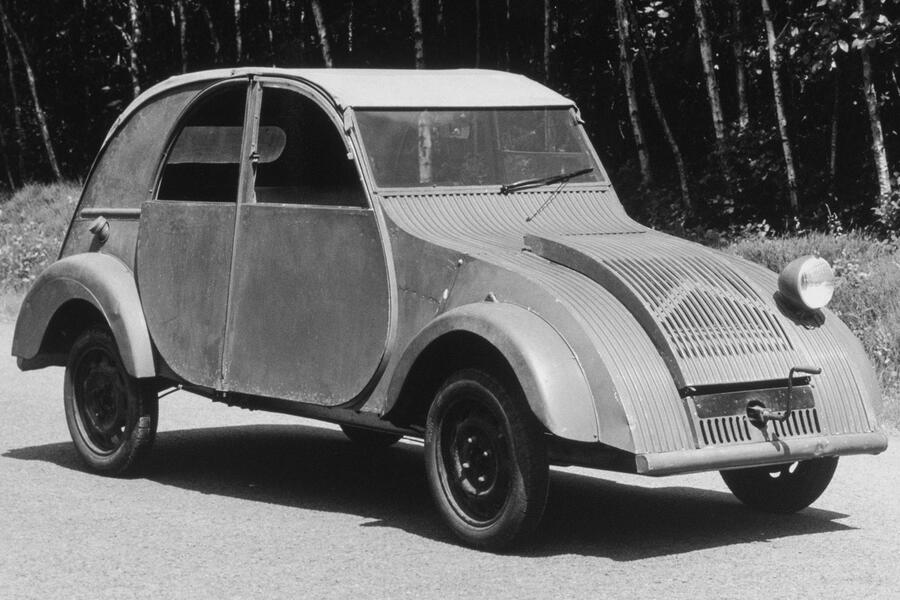
Its steel box-frame chassis bore on each side two suspension arms linked by tension rods to a central cylinder containing a spring; and had a very thin steel body welded to it (with a canvas roof), home at the front to air-cooled 375cc flat-twin with a three-speed gearbox; and the four ‘seats’ inside cushions held to frames by rubber bands.
Top speed was just 37mph, but economy was a superb 50-60mpg.
It cost a mere £213 (£5970 today) – £71 less than even Renault’s 4CV.
Quelle surprise that the French went mad for it, making it the first car to sell a million and a cultural icon. It lasted right up until 1990, with some nine million produced.
What was weird and wonderful at the 1948 Paris Motor Show
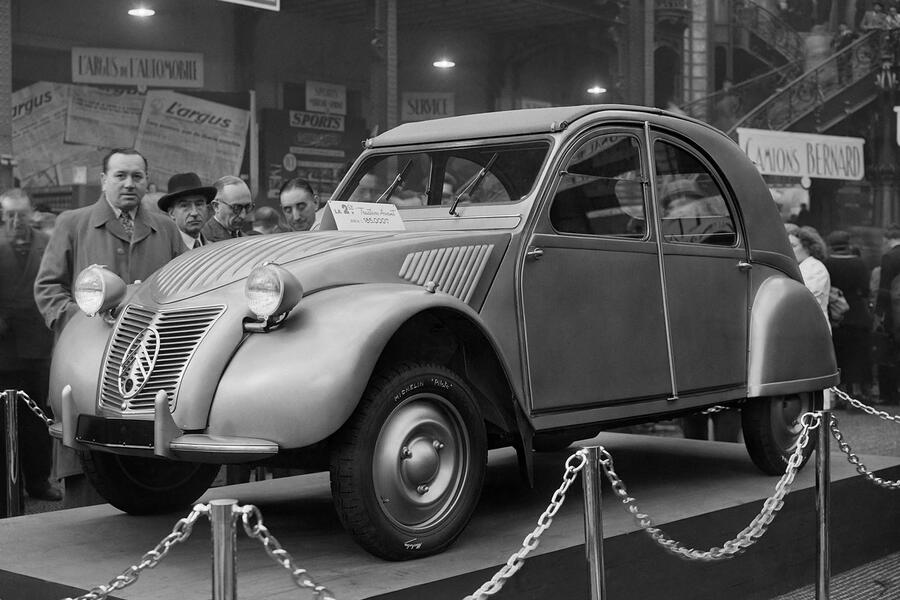
The 2CV may have drawn the largest crowds, but there were many other cheap cars for the impoverished French public to study, many of fully post-war design.
Amid the severe austerity of the 2CV and its rivals from various other French firms, Ford France’s new V8 Vedette was “comparatively a breath of sanity, an example of how modern quantity production can reach to the best standards”.
In addition to its fast little 600cc saloon, Panhard presented “a startling streamlined four-seater body of aircraft inspiration on the same chassis”.
Peugeot’s 203, meanwhile, was “deservedly one of the big attractions of the salon”, not least as it moved past chassis construction in favour of a monocoque. This was something also adopted by Rovin for its latest two-door economy car.

Mathis, having been refused permission to produce its miniature, even after converting it into a four-wheeler, presented a fascinating new prototype; Wimille progressed in its efforts to bring a sporty option to the class; and new firm Brandt brought a bizarre little thing with its doors front and rear.
At the other end of the spectrum, there was lots of stunningly elegant coachwork to be admired, sitting on Alfa Romeo, Bentley, Delahaye, Ferrari, Lancia and Talbot chassis.
Saoutchik’s gold-plated coupé interior might have strayed into insulting territory, mind you...
When rivals Austin and Morris joined in an unexpected venture
Austin of Longbridge and Morris of Cowley had been fierce rivals since the formative days of the British car industry, so it was a shock when they agreed “a constant interchange of information on production methods, costs, purchases, design, research, patents and all other items likely to result in manufacturing economies”.
The tensions between bosses Lord Nuffield and Leonard Lord initially proved too difficult, the deal called off in 1949, but they must have resolved their differences, as in 1952 they agreed to merge into the BMC.
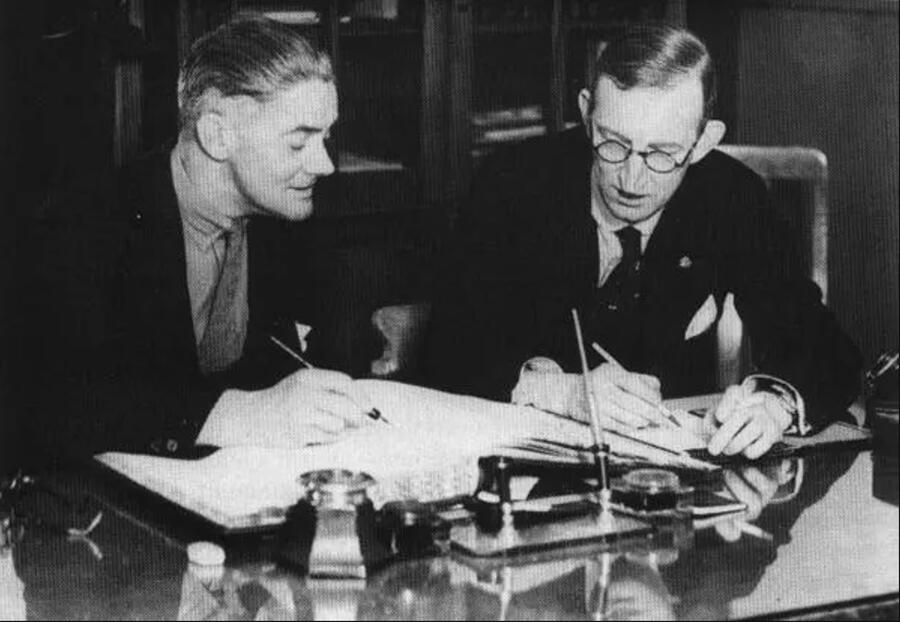
A new V8 roadster for Britain
Sydney Allard began motor racing in 1929 and soon was building his own specials; and immediately post-war, he set up a firm in his name to build sports cars using Ford parts, these being easy to source and maintain. The J was a racer, the K a roadster and the L a four-seat open tourer, each having the Pilot’s steel chassis and 3.6-litre V8. The K impressed our testers by how it raced to 60mph in a quick 13.6sec and on to 86mph; climbed hills swiftly and easily; and handled the old-fashioned way, not presenting a steep learning curve.
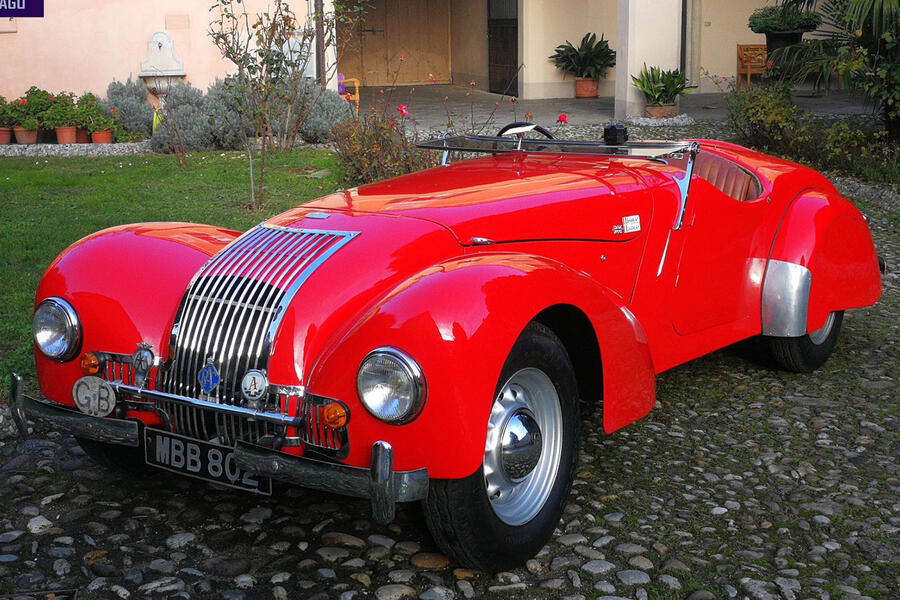

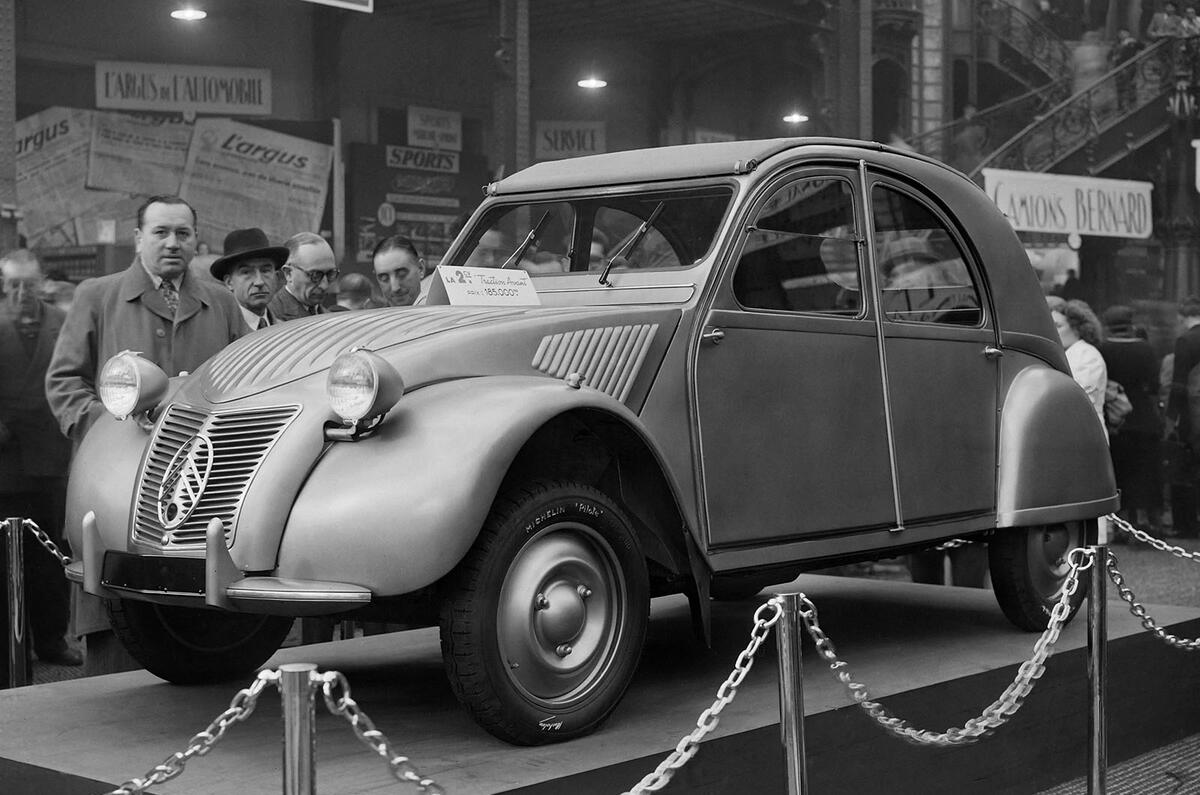
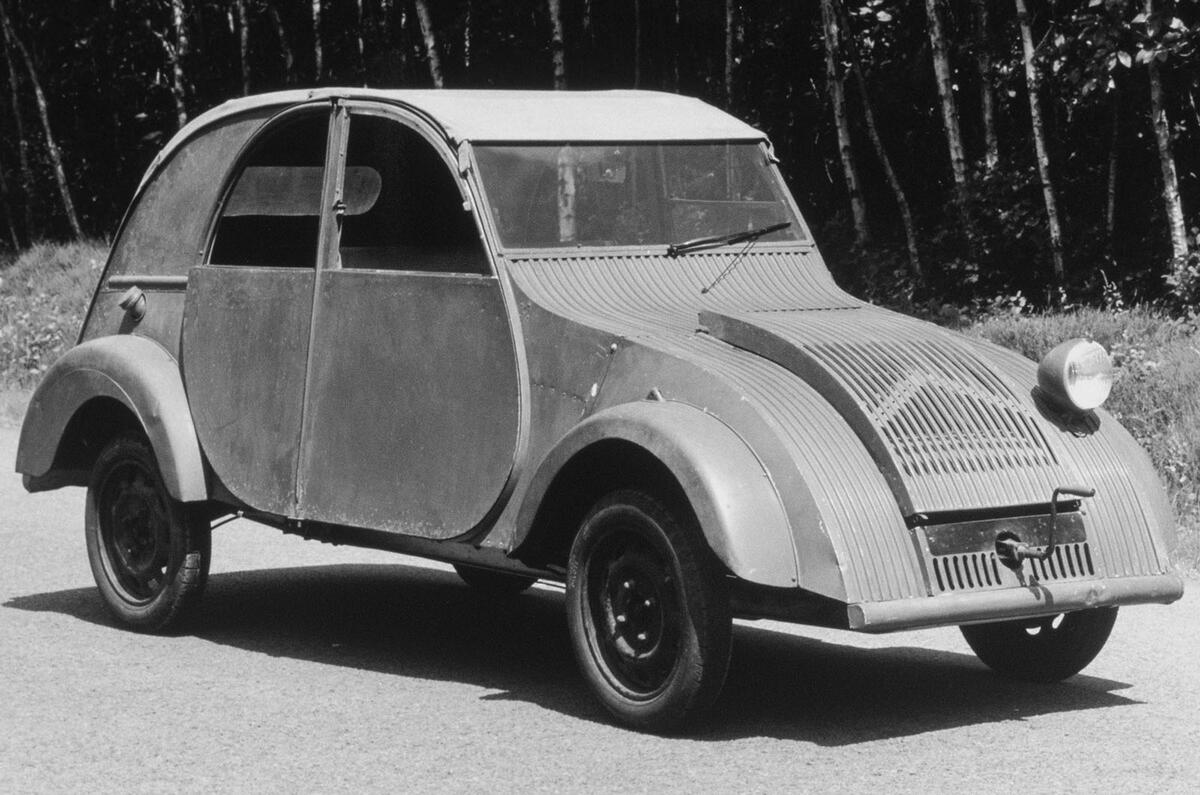
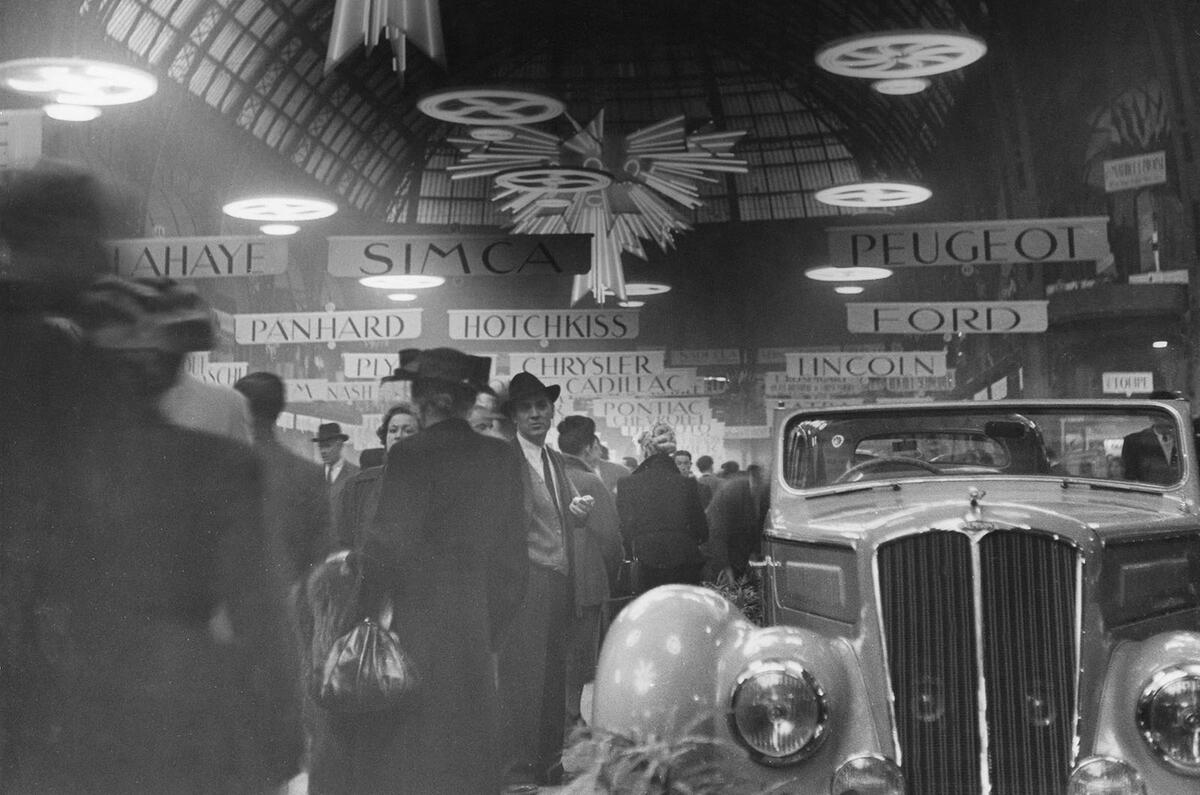
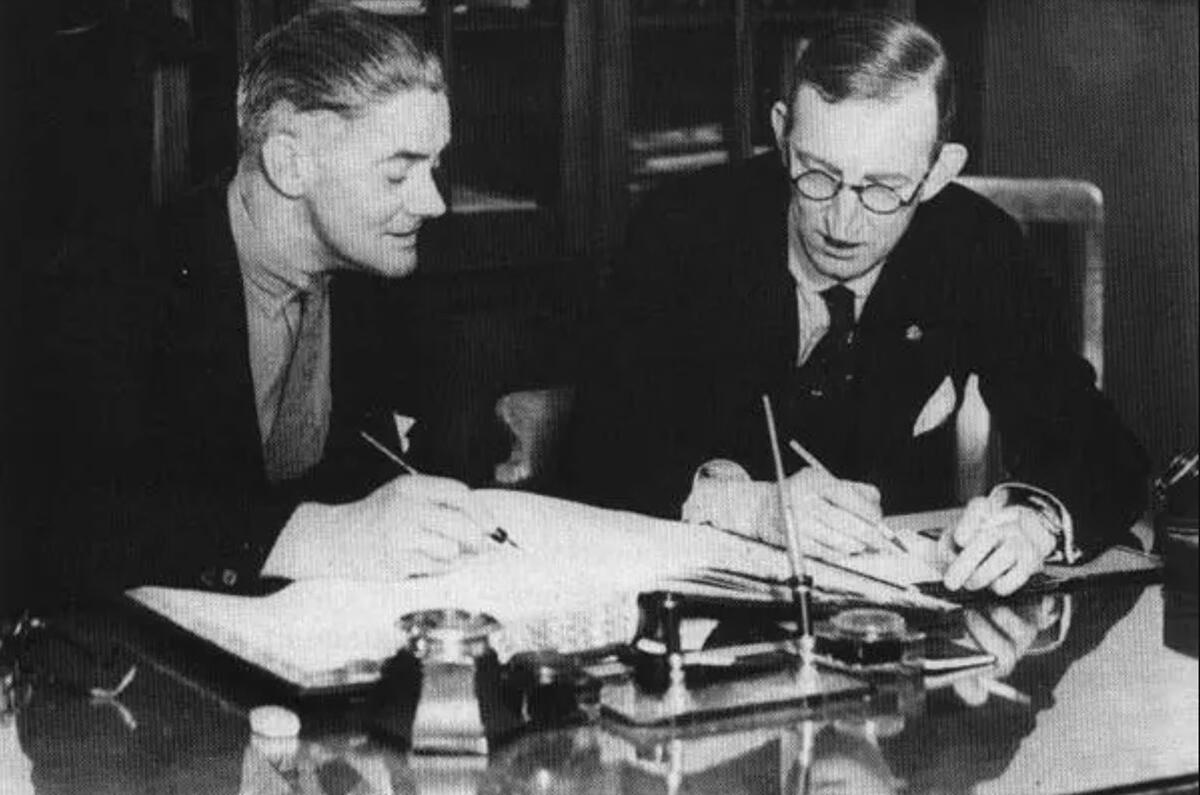
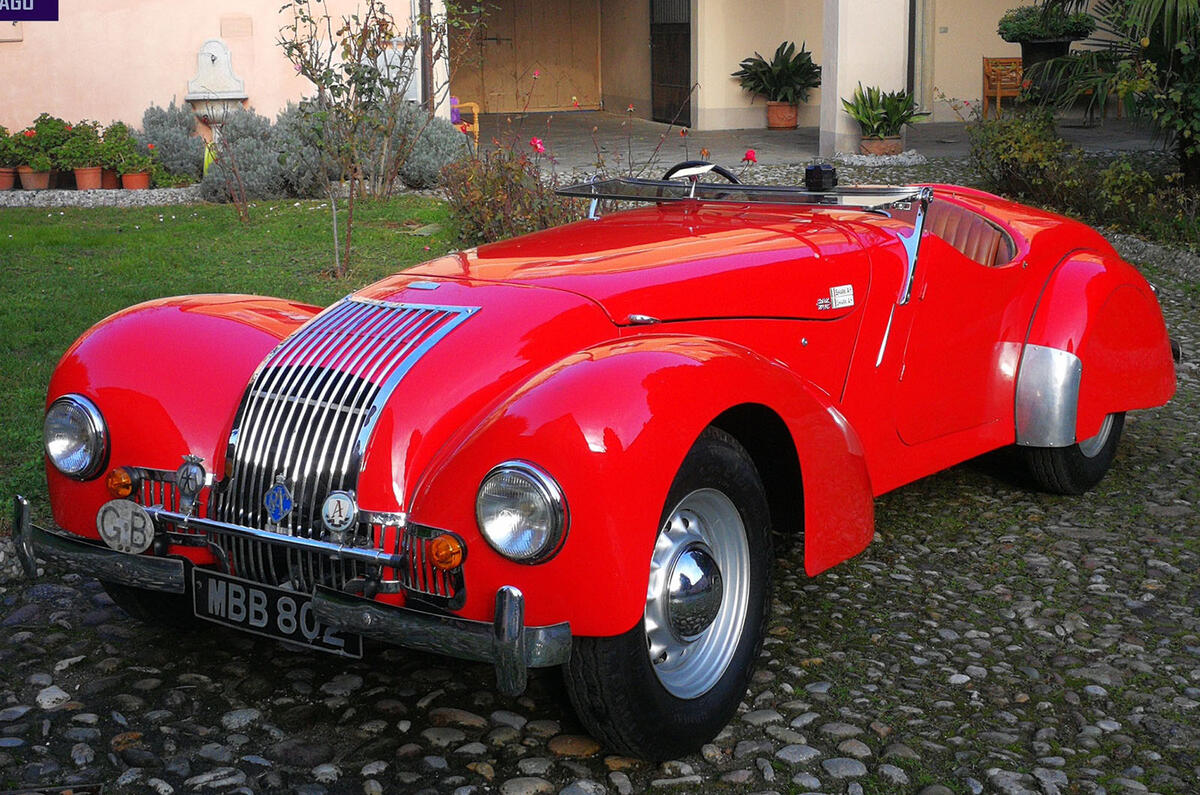
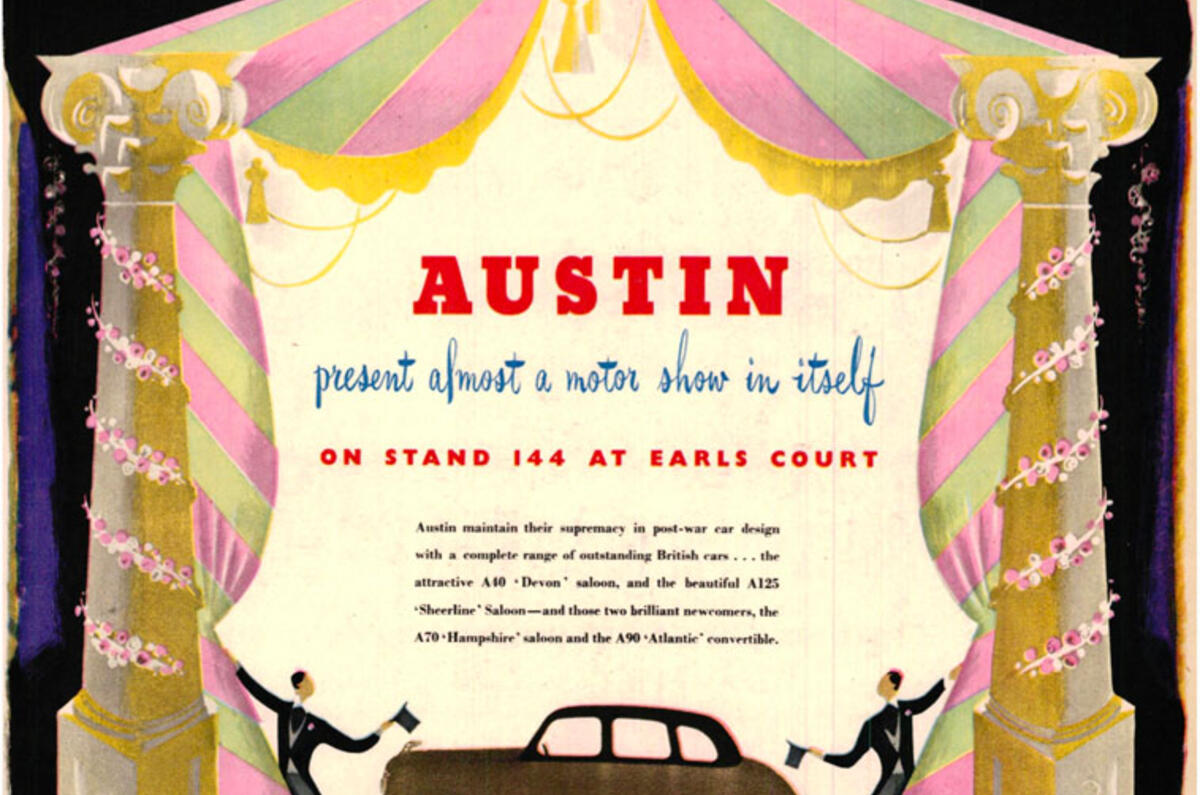

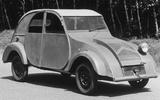
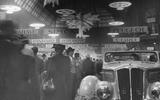
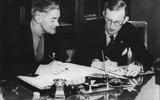

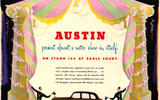


Add your comment